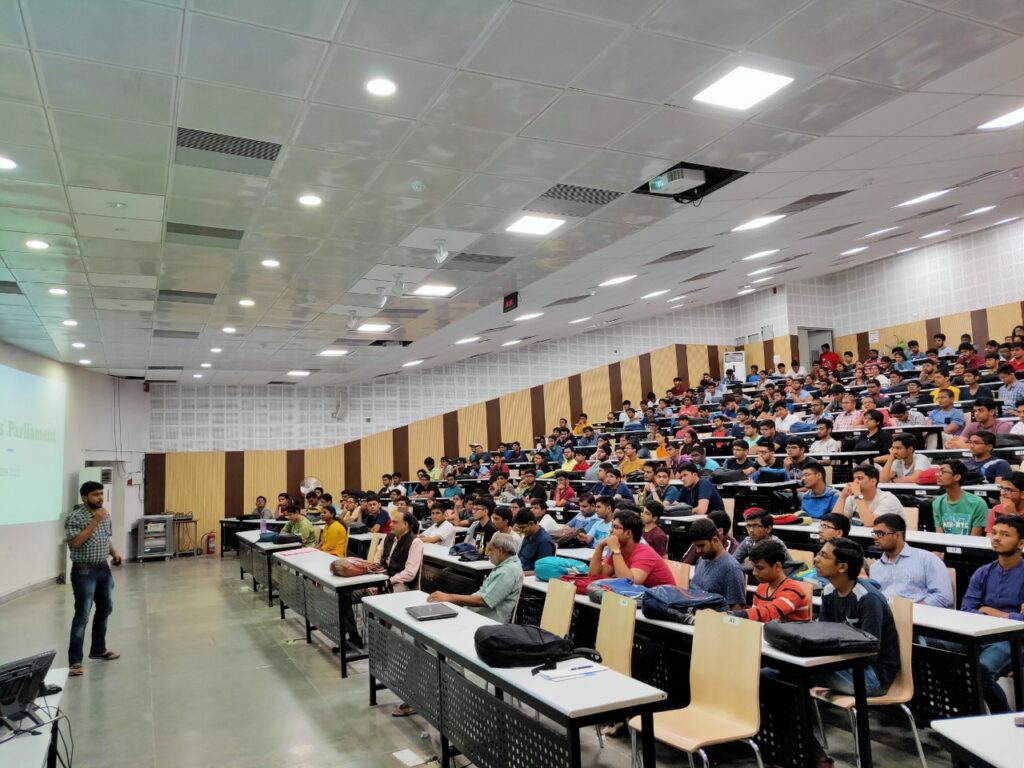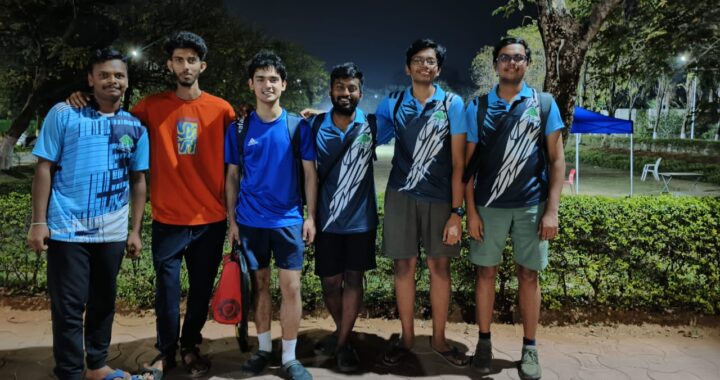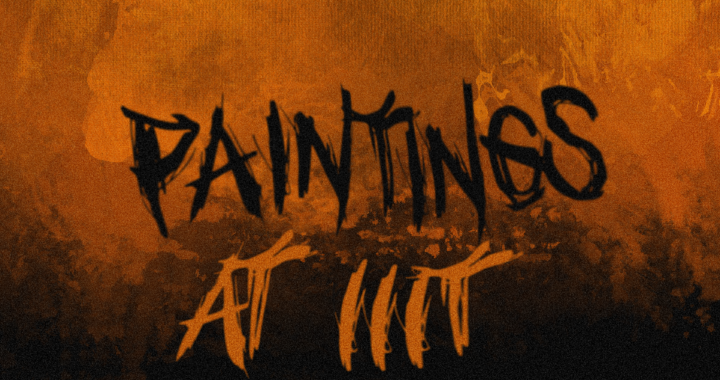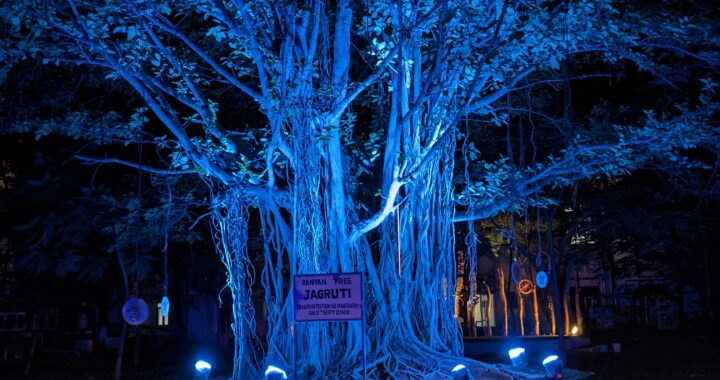APEX EVENTS

The month of April saw numerous events conducted by Apex, especially for UG1, as part of their induction. These, along with the other cultural events made for a memorable first month for UG1 at college. Following are the major highlights of each of the events organized by the Apex:
APEX MEET AND CAMPUS TOUR
First up was the Apex meet organized for UG2K21 students. In the meet, the members of Apex acquainted the students with the general norms of the institute and campus, while also giving a glimpse into the various academic and cultural events that take place in the college around the year. This was followed by a cluster-wise campus tour the same evening, headed by the respective cluster heads and mentors.
INTRO TO CLUBS
Next up was the Intro to Clubs session, which was covered in two days. The coordinators of all the cultural, academic and sports clubs of the college familiarized UG1 with the purpose, logistics and the kind of activities organized in their respective clubs through presentations. The DebSoc coordinators participated in a live debate in front of the audience and the FHC members started making their presentation on the spot, which was quite amusing.
The Astronomy Club, ArtSoc, and the Pentaprism, among others, showed lively pictures taken during the various events they had conducted, while the Music Club engaged the audience in a fun activity. Some of the club members also shared interesting stories behind the inception of their clubs. Several clubs also started recruiting members, including people from UG1, recently.
UG1 AND UG2 BATCH TRIPS
The highlight event of UG1 induction was the Batch Trip organized by the Apex, which included a visit to the famous Golconda Fort and the Lumbini Park adjacent to the Hussain Sagar Lake in Hyderabad. Apex members and mentors accompanied the students on the fun-filled bus journeys to and from the destination. From the Lumbini Park, a ferry was arranged which carried students to the Buddha Statue in the middle of Hussain Sagar lake. The ferry trip was the most delightful part of the tour, as students danced with zeal to the groovy beats being played on the boat. Lunch and refreshments were provided to the students on the journey as well.
After 1.5 years of students being stuck at home and unable to interact with their college peers, an induction trip was conducted by the Apex council for the UG2 batch as well. The trip was similar to the one organized for UG1, comprising a visit to the Golconda Fort and Lumbini Park. The tour was thoroughly enjoyed by the batch, giving them a chance to explore the cultural heritage of Hyderabad. Lunch and snacks were provided to the students throughout the trip.
STUDENT PARLIAMENT ELECTION
The Apex facilitated the elections conducted by the Election Commission for the post of member of Student Parliament, with UG1 being represented at the elections too (interestingly, it also happened to be the batch with the highest percentage of voter turnout for the event, which stood at 80.04%). The election process was broadly the same for all undergrad and postgrad batches. Candidates contesting the election addressed the students and elaborated on the points and promises mentioned in their manifestos. Each candidate’s speech was followed by a counter-questions session where they addressed the queries of the voters. The voting was conducted thereafter, with each student logging in to his/her IMS account on an EC member’s personal system to cast their vote. This procedure raised some privacy concerns among the voters, however.
INTRO TO RESEARCH LABS
For the first time in quite a few years, the Apex conducted the “Intro to Research Labs” session for first-year students. This was done with the objective of conveying a general idea about the research work at each of the labs to the students and to help them identify and explore the labs that piqued their interests. In the session, many UG3, UG4, and PG students doing their research work in various labs provided first-years with detailed insight into the kind of research that happens in, as well as the faculty associated with, different research centers of the college. These included the Center for Security, Theory and Algorithms (CSTAR), Center for VLSI and Embedded Systems Technology (CVEST), Robotics Research Center (RRC), and Language Technologies Research Center (LTRC), to name a few. However, it might have been suitable to conduct this session for the students in their second year, considering most of them have not had prior exposure to research-related areas. Diving into the details of multiple labs simultaneously made the session rather tedious for most people attending. Nevertheless, students were apprised about the various research projects that were ongoing/had been implemented over the past years and were informed of the location of each lab in the college, so that they would be encouraged to explore them.
Editors: Srijan Chakraborty and Abhinav Menon

 Cleaning up the Mess?
Cleaning up the Mess?  The Mess-y Situation
The Mess-y Situation  Qu’ils mangent de la grenouille! (Let Them Eat Frogs!)
Qu’ils mangent de la grenouille! (Let Them Eat Frogs!)  Tale of Two Cheenties
Tale of Two Cheenties  Peace of mind.
Peace of mind.  Boats and Valorant
Boats and Valorant  A perspective on sports in IIIT
A perspective on sports in IIIT  Paintings of IIIT
Paintings of IIIT  The Tale of Jagruti
The Tale of Jagruti